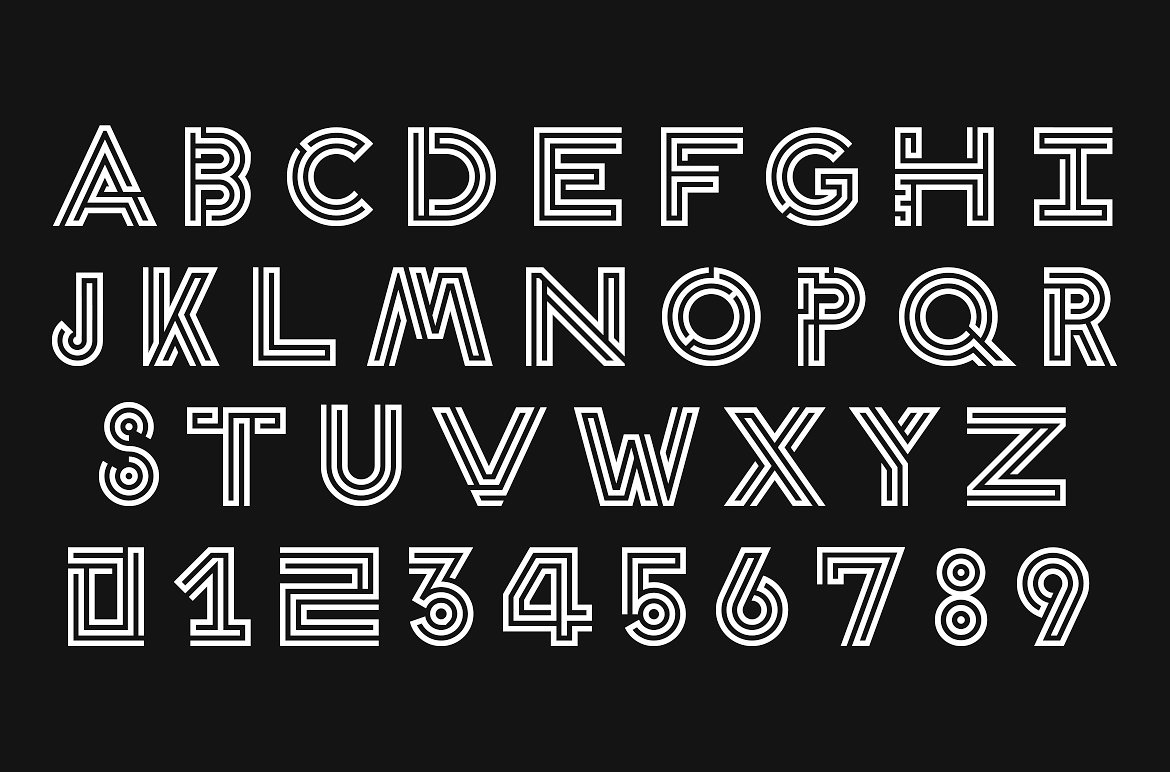

Think of these two classifications as a cake. Text type can function as display type, but very rarely could display type ever work as text type. The key is that display type should always be used with restraint. Ideally, display type works the best when it is contrasted with the clean, readability and quietness of text type. Display type should be used restraint, as it can very easily be overdone.

The goal of display type is to announce or amplify certain content such as headers, decks, mastheads or logos. Display Typeĭisplay type, on the other hand, is used in larger sizes, and it's typically used in small quantities for emphasis and effect. For example, the bulk of the text in any newspaper, magazine, or book is text type. Text type actually relies on many tiny cues that help guide our eye through the passages of text in fractions of a second.

This goal of text type is to create smooth and easy reading for the reader. The display typeface was designed especially for short titles by Nelson Balaban Studio.
DISPLAY TYPEFACE FREE
Text type is type that is designed to be read in large quantities at small sizes (usually between 8pt and 12pt). Accent is an experimental free font for commercial and personal use. They can radically transform their shape and the way they lookfrom very subtle to striking and elaborate which the typeface emulates. Lesson 03 - Display vs Text Type Text TypeĪnother important classification is the difference between text type and display type. This typeface draws its inspiration from the birds-of-paradise who only live in one part of the world: New Guinea-Australia.


 0 kommentar(er)
0 kommentar(er)
